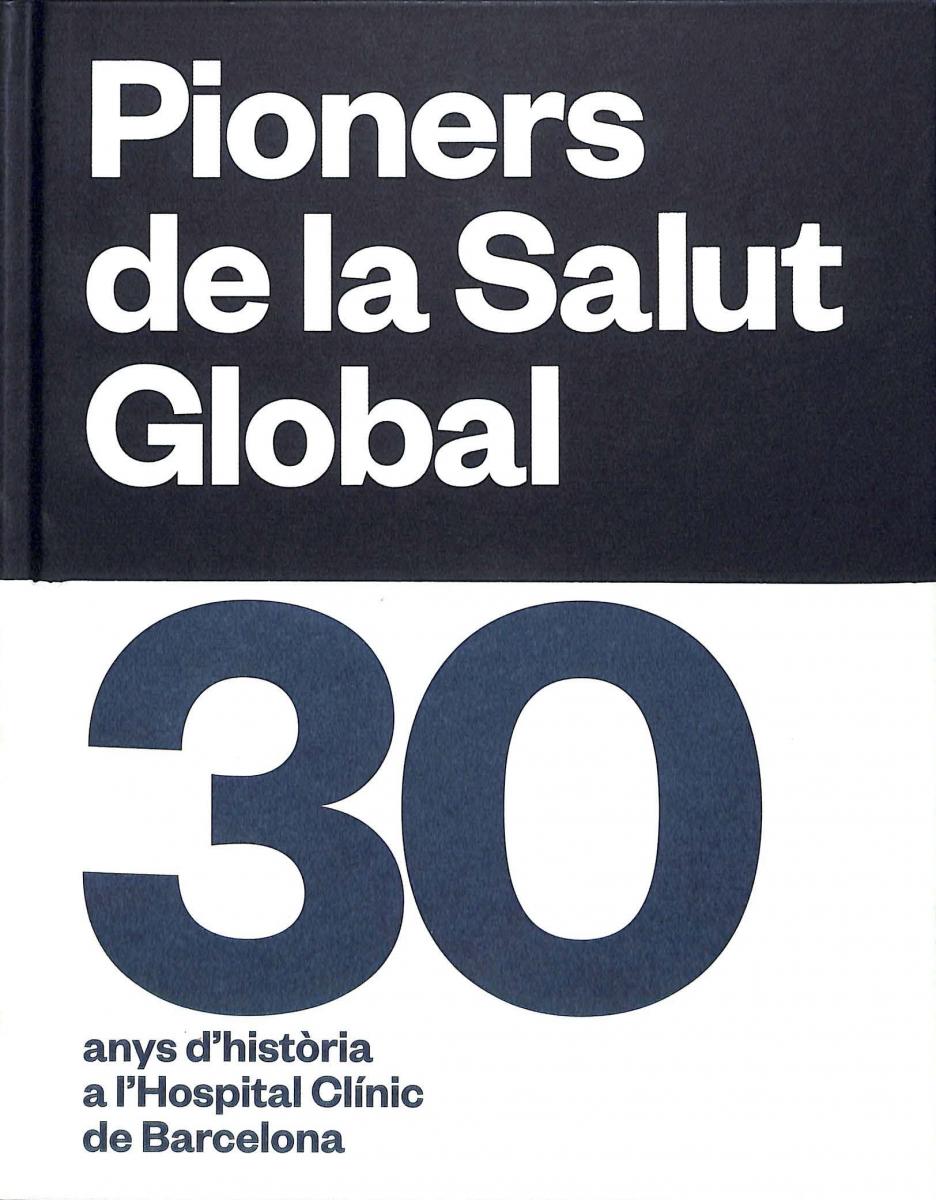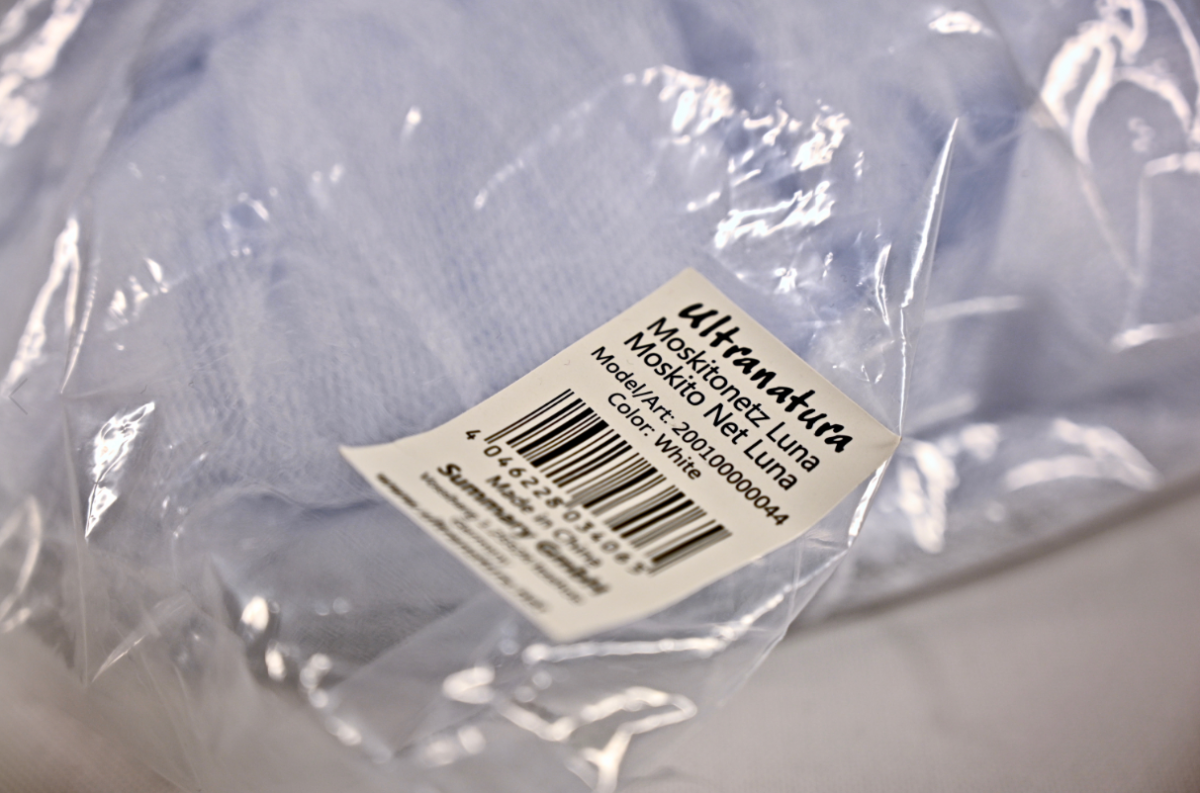Blanchard, O. Pioners de la salut global : 30 anys de història a l'Hospital Clínic de Barcelona. Barcelona : ISGlobal, 2014.
Book commemorating the 30th anniversary of the start of Global Health activities at the Hospital Clínic de Barcelona.
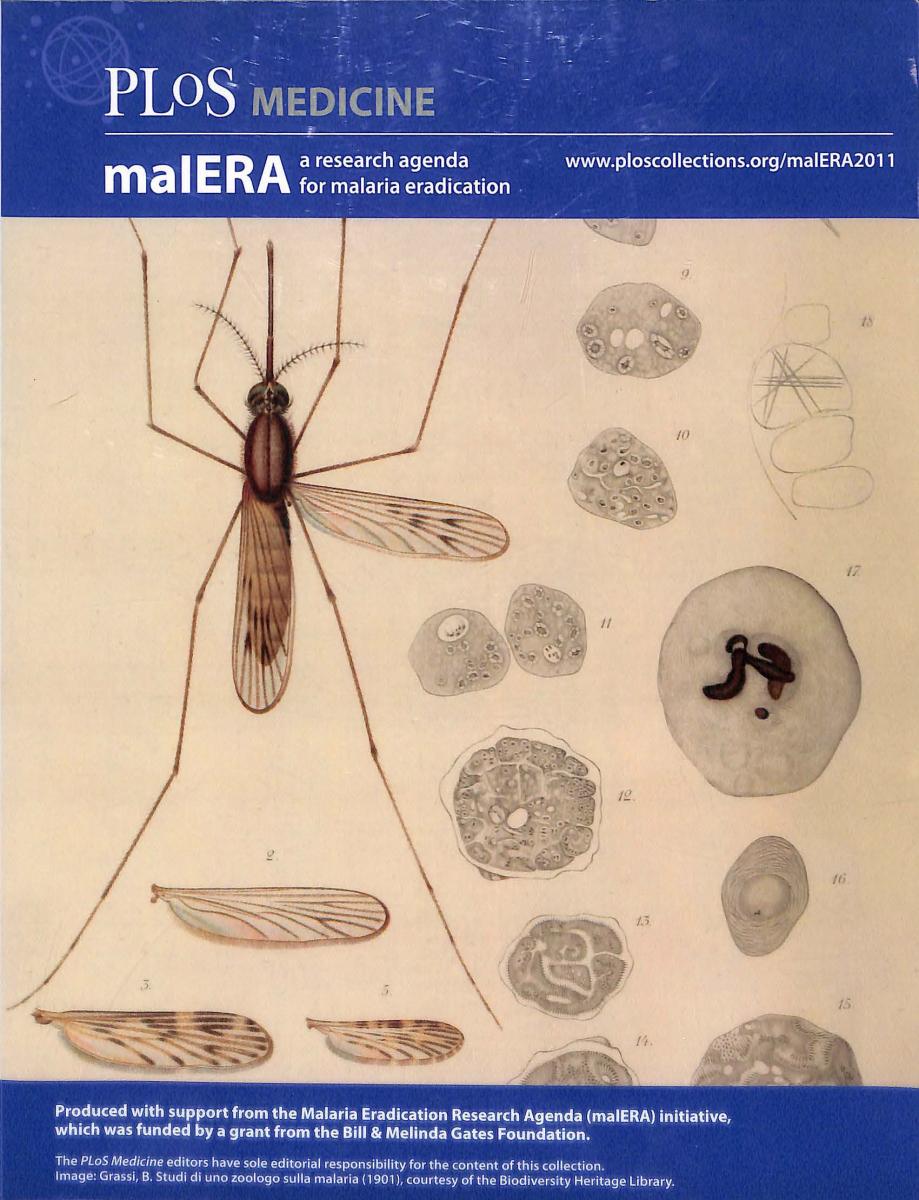
 PLoS Medicine. MalERA a research agenda for malaria eradication. PLoS Medicine, Vol. 8, N. 1.
PLoS Medicine. MalERA a research agenda for malaria eradication. PLoS Medicine, Vol. 8, N. 1.
PLoS Medicine. MalERA - An Updated Research Agenda for Malaria Elimination and Eradication. PLoS Medicine, desembre 2017.
Under the coordination of ISGlobal, and over the course of more than two years, more than 250 experts from 36 countries participated in 20 meetings of the research agenda for malaria eradication (MalERA) with the goal of defining the research and development priorities needed for global malaria eradication. This agenda, consisting of a series of scientific articles published in 2011 as a collection of the journal PLoS Medicine, consists of reflective pieces and nine research and development agendas. A few years later, more than 180 experts from various disciplines participated in the process of updating the research agenda for malaria eradication (MalERA) in order to address new issues and problems.
 Alonso P.L., Sacarlal J., Aponte J.J., Leach A., et al. Efficacy of the RTS,S/AS02A vaccine against Plasmodium falciparum infection and disease in young African children: randomised controlled trial a Lancet 2004, Oct 16-22; 364(9443):1411-20.
Alonso P.L., Sacarlal J., Aponte J.J., Leach A., et al. Efficacy of the RTS,S/AS02A vaccine against Plasmodium falciparum infection and disease in young African children: randomised controlled trial a Lancet 2004, Oct 16-22; 364(9443):1411-20.
One of the major milestones in the fight against malaria has been the development and registration of the RTS, S (Moquirix) vaccine, the first vaccine to be shown to be effective against a human parasite. This vaccine, whose studies were developed by researchers from ISGlobal and the CISM of Manhiça during the years 2003 to 2005, has a partial efficacy, although high enough to be registered. Currently, with the aim of assessing its real impact in terms of public health, the vaccine is being administered in a pilot project in three African countries (Malawi, Ghana and Kenya), along with the other vaccines in the expanded program of childhood immunization. This is a prelude to the widespread recommendation for its use in endemic areas of sub-Saharan Africa.
 Vaccine RTS, S (Mosquirix) used in a pilot project implemented in Africa.
Vaccine RTS, S (Mosquirix) used in a pilot project implemented in Africa.
Sulfadoxine-pyrimethanine drug.
One of the most important achievements of ISGlobal has been the development and impact assessment of an innovative strategy for the prevention of malaria in infants from the drug sulfadoxine-pyrimethamine (SP). This strategy consists in administering the aforementioned treatment 3 times during the first year of life, taking advantage of three routine contacts with the health system to administer regular vaccines. This strategy has been shown to be nearly 30% effective in preventing clinical episodes of malaria, 21% in preventing anemia, and 23% in preventing hospital admissions for any reason.
 Sigma-tau. Eurartesim. Roma: Sigma-tau, 2012.
Sigma-tau. Eurartesim. Roma: Sigma-tau, 2012.
Combination therapies with artemisinin are the first-line treatment to treat uncomplicated malaria and have played a key role in reducing cases of malaria in recent decades. ISGlobal researchers have contributed to the clinical development and registration of the drug Eurartesim, produced by the Italian pharmaceutical company Sigma-Tau (currently Alfa-Sigma).
 Chilman-Blair K., DeLoache, S. What’s up with ken? Medikidz explain Malaria. London: Medikidz Publishing, 2011.
Chilman-Blair K., DeLoache, S. What’s up with ken? Medikidz explain Malaria. London: Medikidz Publishing, 2011.
An informative comic for children in which superheroes explain malaria. The script was reviewed by Dr. Quique Bassat.
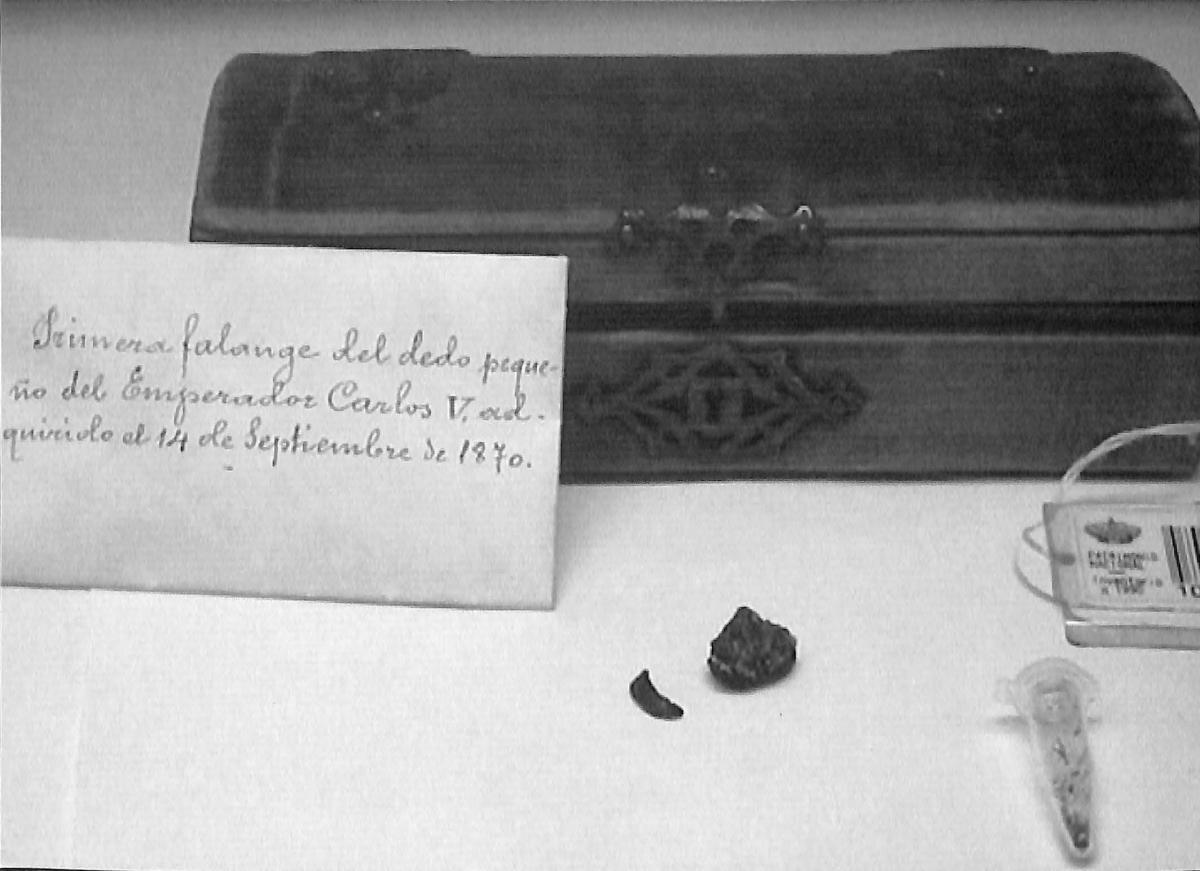 Photograph of the first phalanx of the little finger of Emperor Charles V and the box where it was kept.
Photograph of the first phalanx of the little finger of Emperor Charles V and the box where it was kept.
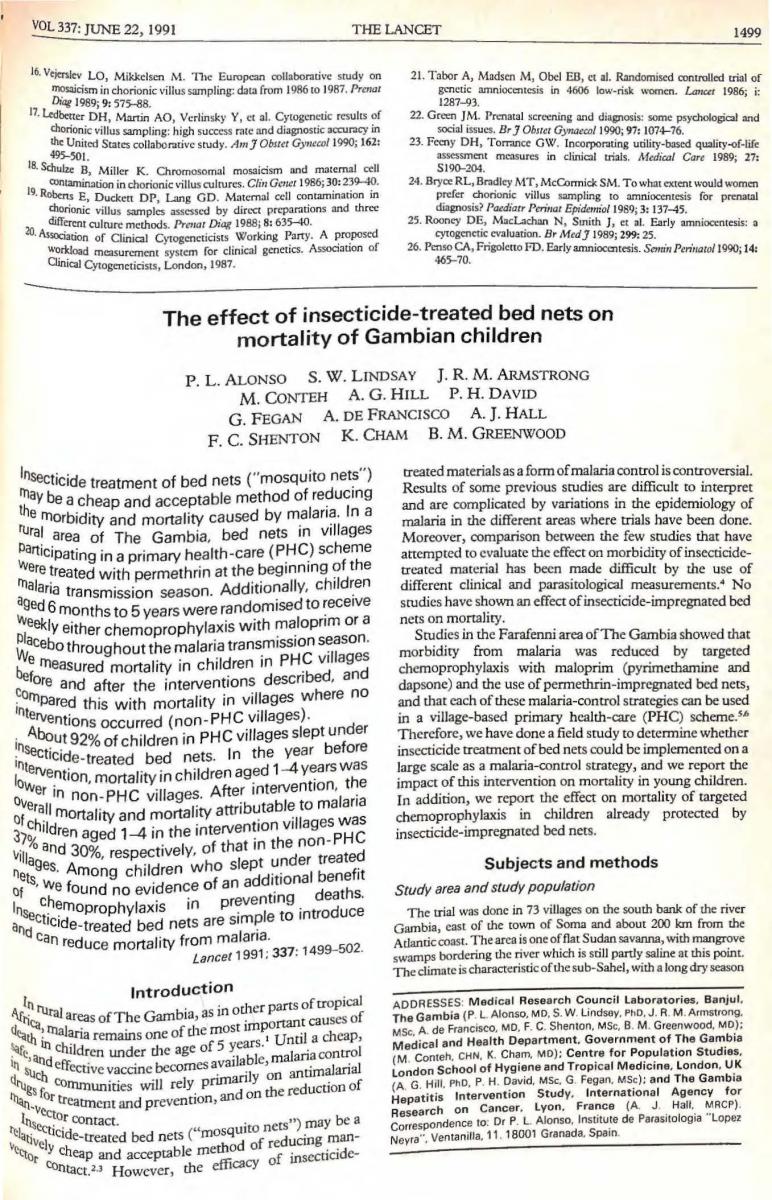 Alonso P.L., Lindsay S.W., Armstrong J.R., Conteh M. The effect of insecticide-treated bed nets on mortality of Gambian children a Lancet. 1991 Jun 22; 337(8756):1499-50.
Alonso P.L., Lindsay S.W., Armstrong J.R., Conteh M. The effect of insecticide-treated bed nets on mortality of Gambian children a Lancet. 1991 Jun 22; 337(8756):1499-50.
Insecticide-impregnated mosquito nets are the best strategy to prevent the bites of malaria-transmitting mosquitoes. Nets offer double protection: on the one hand they are a physical barrier, as mosquitoes cannot cross the net, and on the other hand a chemical barrier as the insecticide is able to kill them once they are exposed to it. The pioneering work of Dr. Pedro L. Alonso in The Gambia in the late 1980s demonstrated the impact of nets on preventing disease, and more importantly, the mortality of children who used them.
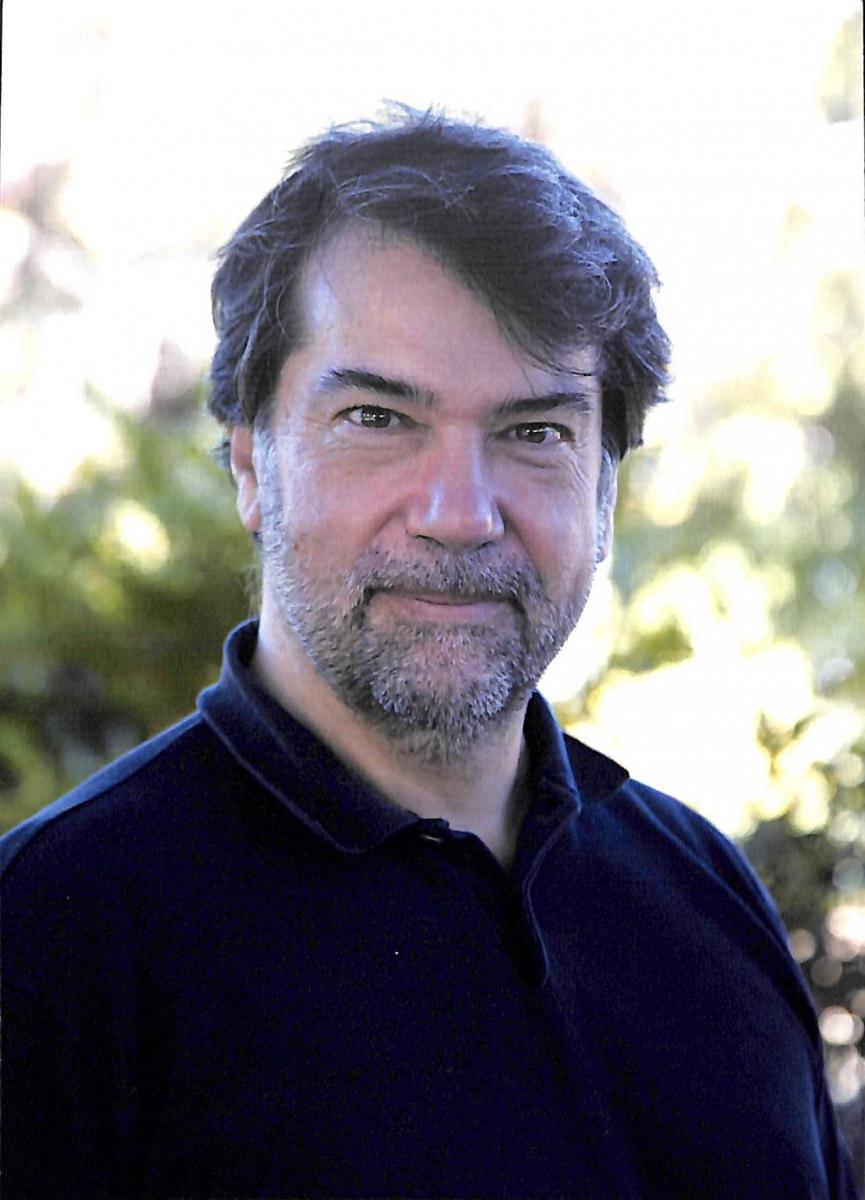 Two malaria giants: portrait of Dr. Pedro L. Alonso.
Two malaria giants: portrait of Dr. Pedro L. Alonso.
Pedro L. Alonso is an epidemiologist specializing in diseases that affect the world's most vulnerable populations, particularly malaria. He began his career as a researcher in The Gambia, where he demonstrated the effectiveness of mosquito nets impregnated with insecticide as a measure to prevent the bite of the mosquito that transmits the disease. Nowadays, mosquito nets are the most widely used malaria prevention tool in the world. Another of his major contributions has been the clinical development and early evaluations of the RTS, S malaria vaccine, the only vaccine against a parasitic disease currently approved. After moving to Barcelona in 1991, Pedro L. Alonso helped create the International Health Service of the Hospital Clínic i Provincial de Barcelona. Years later, he founded and directed the Barcelona International Health Research Center (CRESIB), which was the basis of the current Barcelona Institute of Global Health (ISGlobal). In this facet of promoter of scientific institutions of excellence, promoted the creation of the Manhiça Health Research Center (CISM) in Mozambique, created in 1996. Since 2014, Pedro L. Alonso directs the World Health Program WHO Malaria, from where it coordinates the efforts of the highest health authority worldwide to control and eliminate this dreaded disease.
 Two malaria giants: portrait of Clara Menéndez.
Two malaria giants: portrait of Clara Menéndez.
Clara Menéndez is a doctor specializing in family medicine, community health and preventive medicine with a career of more than 25 years in the field of maternal and child health. He has worked in India, Latin America and Papua New Guinea, although it is in sub-Saharan Africa where he has done most of his work, especially in The Gambia, Tanzania and Mozambique. He has devoted much of his career to describing the key determinants of maternal, reproductive, and neonatal health issues, and to the development and evaluation of new interventions in this area. She has made important contributions to understanding the pathophysiology and parasitic biology of malaria during pregnancy, as well as its clinical consequences for both mother and baby. It has also significantly contributed to the understanding of anemia, its role in infection, and the effect of iron supplements. He has also been a key member of the founding team of the Manhiça Health Research Center (CISM). She is currently the director of the Maternal, Child and Reproductive Health Initiative of the Barcelona Institute of Global Health (ISGlobal), from where she directs several studies focused on researching malaria during pregnancy, HIV prevention and other STDs in mothers and infants, and the causes and prevention of maternal mortality. She is also a WHO consultant on malaria control in children and pregnant women.
 Crimildo. Artistic representation of the CISM and the malaria vaccine project made by the Mozambican artist Crimildo.
Crimildo. Artistic representation of the CISM and the malaria vaccine project made by the Mozambican artist Crimildo.
Many of the recent successes of the Barcelona Institute of Global Health and the Hospital Clínic in the fight against malaria would not be understood without the strategic and historical collaboration of the Manhiça Health Research Center (CISM) of the southern Mozambique, started in 1996. Research conducted by the CISM has always been related to those diseases that affect the two most vulnerable populations: children and pregnant women, with malaria research being the most paradigmatic example. The CISM is funded by the government of Mozambique and the Spanish Agency for International Cooperation and Development (AECID). The CISM representation on display was made by the local artist Crimildo and belongs to the private collection of Dr. Pedro L. Alonso.
